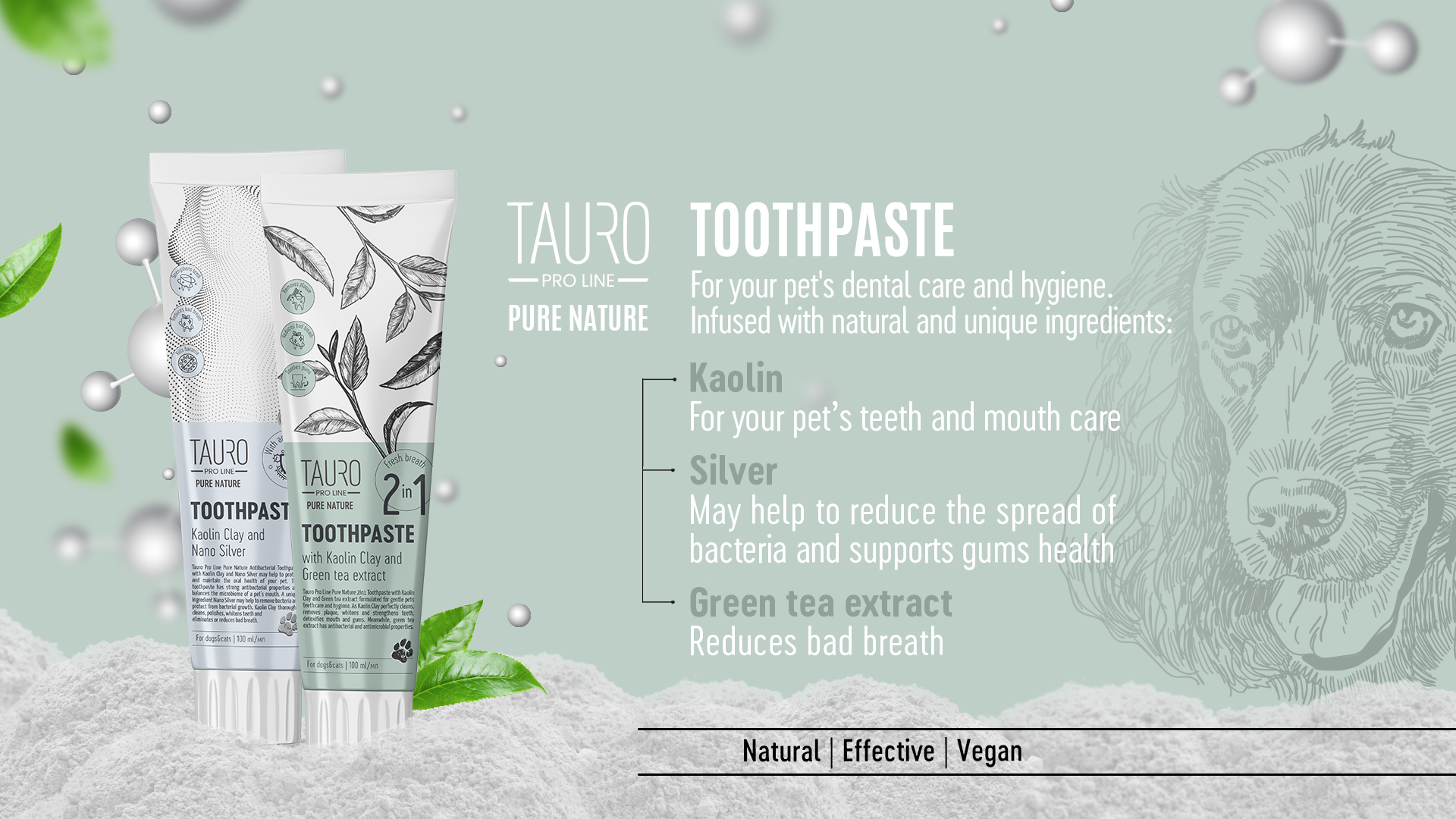
Many dog owners do not realize how important it is to take care of their pet’s teeth. Just like humans, dogs develop plaque, which can lead to tartar buildup, gum inflammation, or even tooth loss. Poor oral hygiene can cause not only dental problems but also overall health issues. So, how should you properly care for your dog’s teeth?
Why Is It Important to Brush Your Dog’s Teeth?
Dogs’ mouths naturally accumulate bacteria, which combine with saliva and food particles to form plaque. If not regularly removed, it hardens into tartar, which can cause the following issues:
Bad breath (halitosis);
Gum inflammation (gingivitis);
Periodontitis, which can lead to tooth loss;
Bacteria entering the bloodstream, potentially affecting the heart, liver, or kidneys.
Regular brushing can prevent these problems and help keep your dog’s teeth healthy for life.
How to Properly Brush Your Dog’s Teeth
1. Start Early
The best time to introduce your dog to teeth cleaning is during puppyhood. However, even adult dogs can be trained to accept it. Initially, let your pet get used to the toothpaste and toothbrush—allow them to sniff, lick, and gradually transition to the brushing process.
2. Use the Right Tools
Human toothpaste is not suitable for dogs, as it contains fluoride, which can be toxic. Choose specialized dental care products for dogs:
Dog toothbrush – has soft bristles and is designed for a dog’s mouth size;
Finger toothbrush – an alternative for smaller dogs or those sensitive to brushing;
Special dog toothpaste – often flavored (e.g., chicken or liver) to make the process easier;
Dental chews and treats – specially designed to mechanically remove plaque and maintain oral hygiene;
3. Brush Regularly
Ideally, brush your dog’s teeth daily, but if that is not possible, aim for at least 2–3 times a week.
4. Be Gentle and Patient
When brushing, be gentle and avoid applying too much pressure. Start with the front teeth and gradually move to the molars, where plaque tends to accumulate the most.
Conclusion
Proper oral hygiene is essential for every dog’s health. Regular brushing and using the right products can help prevent serious dental and gum issues, ensuring fresh breath and long-term well-being. Invest in your dog’s dental care—it will pay off with their health and a longer life.





